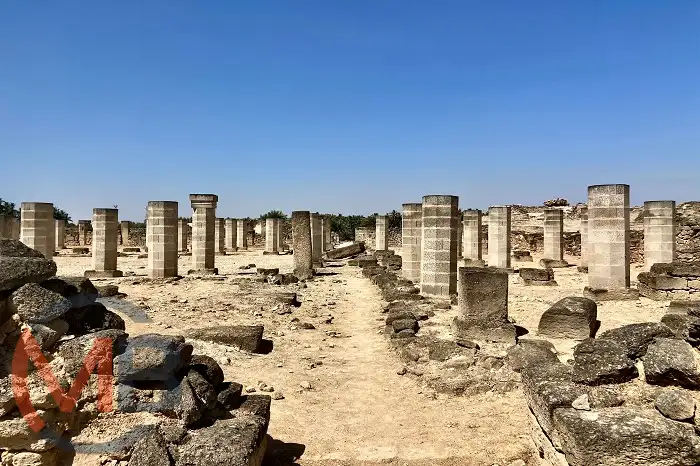

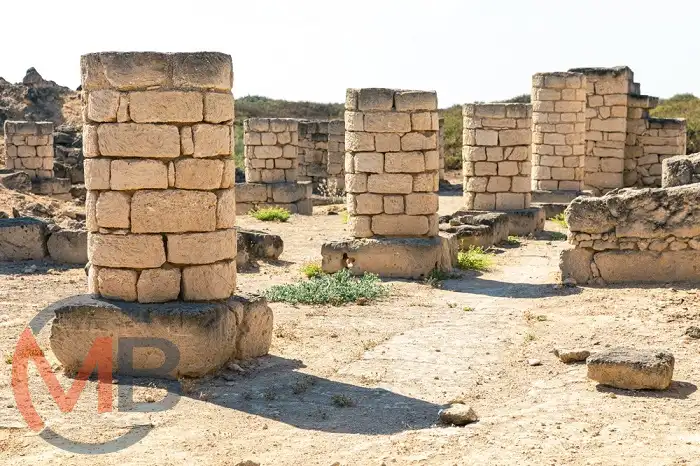
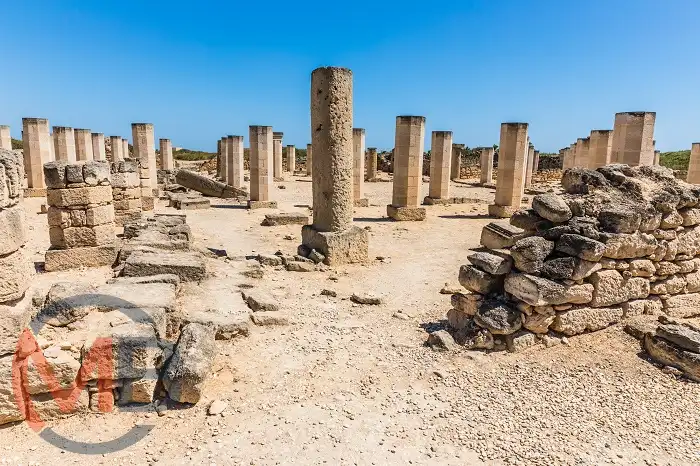
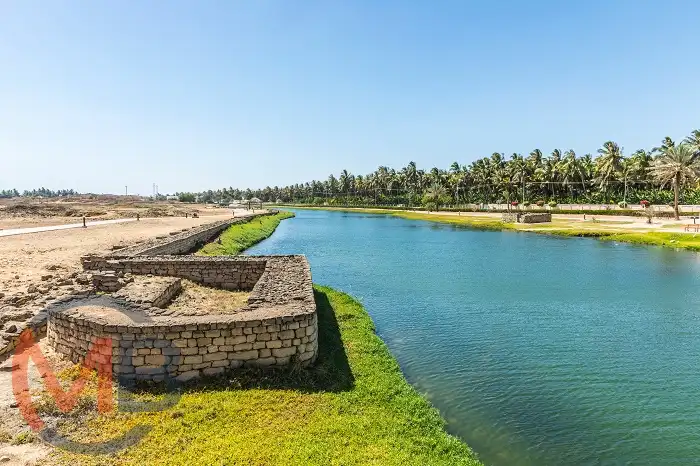
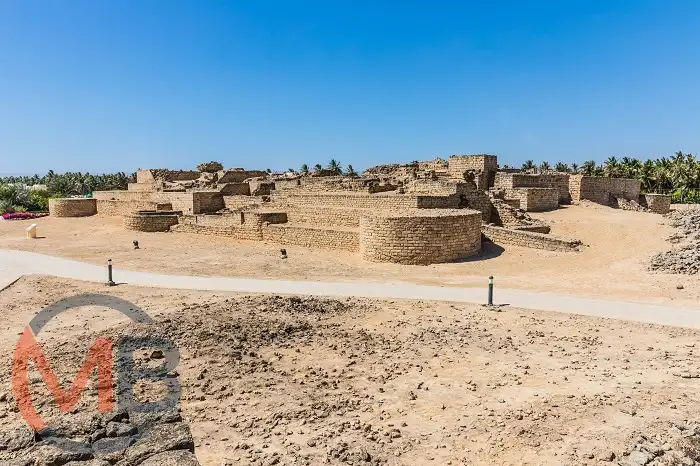
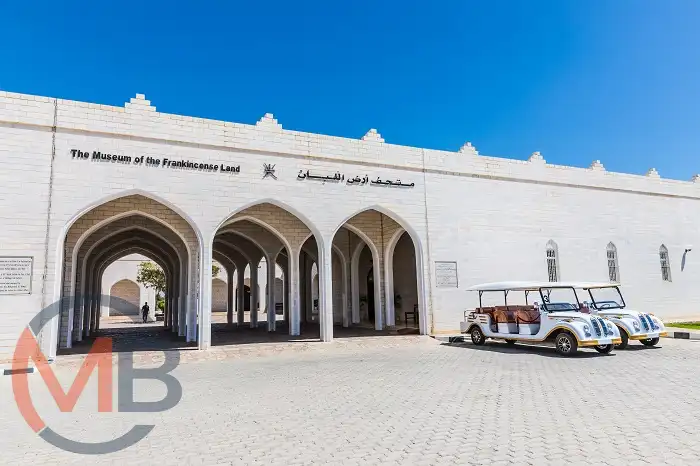
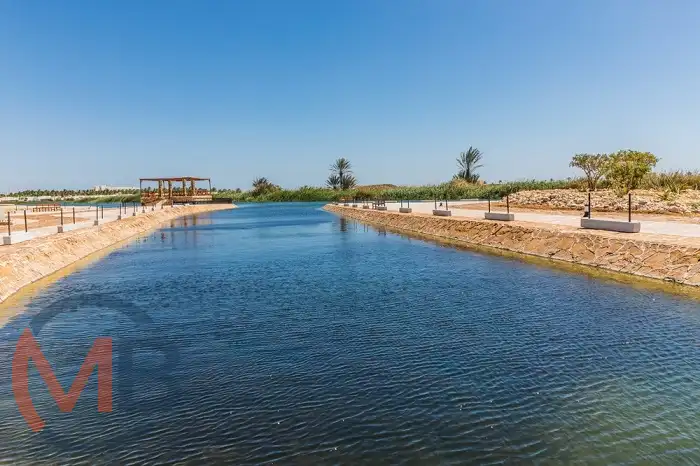
Al Baleed Archeological Park: A UNESCO World Heritage Site in Dhofar
Al Baleed Archeological Park, located in Salalah, Dhofar Governorate, is one of Oman’s most significant historical sites. As part of the UNESCO World Heritage-listed Land of Frankincense, this ancient port city showcases Oman’s pivotal role in the global trade of frankincense during the medieval period. With its well-preserved ruins, interactive museum, and picturesque coastal location, Al Baleed offers visitors a fascinating journey through Oman’s rich history.
Why Visit Al Baleed Archeological Park?
- Historical Significance:
- Al Baleed was a thriving port city between the 8th and 16th centuries, serving as a key hub for the frankincense trade.
- UNESCO World Heritage Site:
- The park is part of the Frankincense Trail, recognized for its global cultural and historical importance.
- Al Baleed Museum of Frankincense Land:
- The on-site museum features engaging exhibits on Oman’s maritime history, the frankincense trade, and local culture.
- Scenic Location:
- Overlooking the Arabian Sea and surrounded by lush greenery during the Khareef season, the park offers stunning views and a serene atmosphere.
Highlights of Al Baleed Archeological Park
- Ancient City Ruins:
- Explore the remains of the city’s grand mosque, residential areas, and fortifications that reflect its historical prominence.
- Frankincense Trade History:
- Learn about Al Baleed’s role in the ancient frankincense trade, which connected Oman to regions like India, Africa, and Europe.
- Museum of Frankincense Land:
- Discover artifacts, models of traditional Omani boats, and exhibits that delve into Oman’s maritime and cultural history.
- Picturesque Walkways:
- Stroll along well-maintained pathways that wind through the ruins, with informational signage enhancing the experience.
Visitor Information
- Location: Salalah, Dhofar Governorate, Oman.
- Opening Hours: Typically open daily from 8:00 AM to 8:00 PM (hours may vary).
- Entry Fee: Includes access to the park and museum; discounts may be available for families and groups.
- Facilities:
- Parking, restrooms, a cafe, and a gift shop are available on-site.
Things to Do at Al Baleed Archeological Park
- Explore the Ruins:
- Wander through the ancient city and imagine life in a bustling medieval port.
- Visit the Museum:
- Engage with interactive exhibits and learn about the significance of frankincense in Oman’s history.
- Photography:
- Capture stunning images of the ruins, the museum, and the Arabian Sea.
- Attend Events:
- Check for cultural events or guided tours that may enhance your visit.
Tips for Visiting Al Baleed Archeological Park
- Plan for a Half-Day Visit:
- Allocate enough time to explore both the park and the museum.
- Wear Comfortable Shoes:
- The site involves walking on uneven terrain, so sturdy footwear is recommended.
- Visit During Khareef Season:
- The monsoon season (June to September) enhances the park’s natural beauty with lush greenery.
- Bring Essentials:
- Pack water, sunscreen, and a hat, especially if visiting during the warmer months.
Nearby Attractions
- Wadi Darbat: A lush valley with waterfalls, lakes, and scenic hiking trails.
- Al Mughsail Beach: A picturesque beach known for its blowholes and dramatic cliffs.
- Taqah Castle: A historic fort showcasing traditional Omani architecture and culture.
Conclusion
Al Baleed Archeological Park is a treasure trove of history, culture, and natural beauty. Whether you’re exploring its ancient ruins, learning about the frankincense trade, or enjoying the tranquil setting, the park offers an enriching experience for visitors of all ages. Add this UNESCO World Heritage Site to your Salalah travel itinerary for a journey through Oman’s fascinating past.